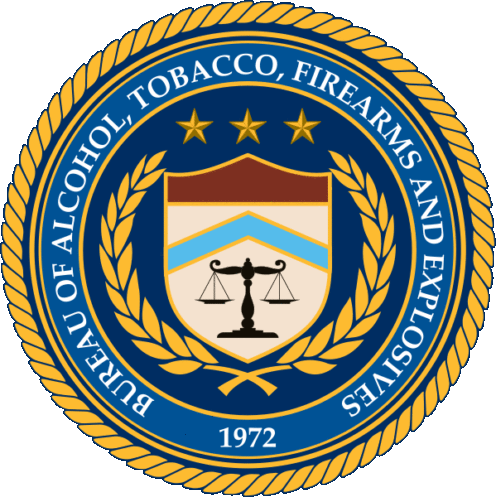Using GunStat with Crime Gun Intelligence Centers
Many jurisdictions are currently implementing Crime Gun Intelligence Centers (CGICs), a highly effective program developed by the Bureau of Alcohol, Tobacco, Firearms and Explosives (ATF) and supported by the Bureau of Justice Assistance (BJA). CGICs work to identify perpetrators of gun crime by establishing ballistic links between violent incidents using the National Integrated Ballistic Network (NIBIN). The information generated through the CGIC process also gives criminal justice stakeholders a better understanding of how illegal guns are used and distributed within social networks.i
Important elements of a successful CGIC include collaboration and information sharing between criminal justice partners. The CGIC process involves establishing a 7-step workflow that helps prioritize and share intelligence and evidence generated through ballistic comparisons. As displayed below, the fifth step of the workflow includes collaborating with criminal justice stakeholders. Within this fifth step, the GunStat model can be used as the venue and process to help support the development and implementation of a CGIC. Additionally, while CGICs often focus specifically on ballistic links and leads, GunStat offers the opportunity to have broader conversations on trends related to gun cases and gun offenders.
Walk through the CGIC workflow and see how GunStat can help improve it with Bureau of Justice Assistance Senior Policy Advisor Tammy Brown.
This video is courtesy of the National Public Safety Partnership Virtual Academy.
Works Cited:
i Bureau of Justice Assistance. (2024, March 10). Crime Gun Intelligence Centers – Connecting the dots.
https://crimegunintelcenters.org/






